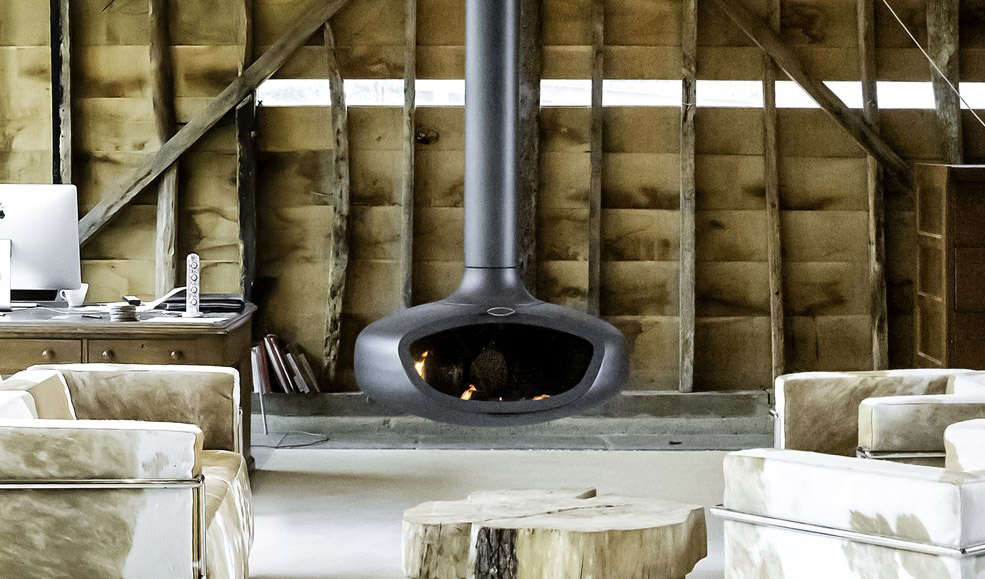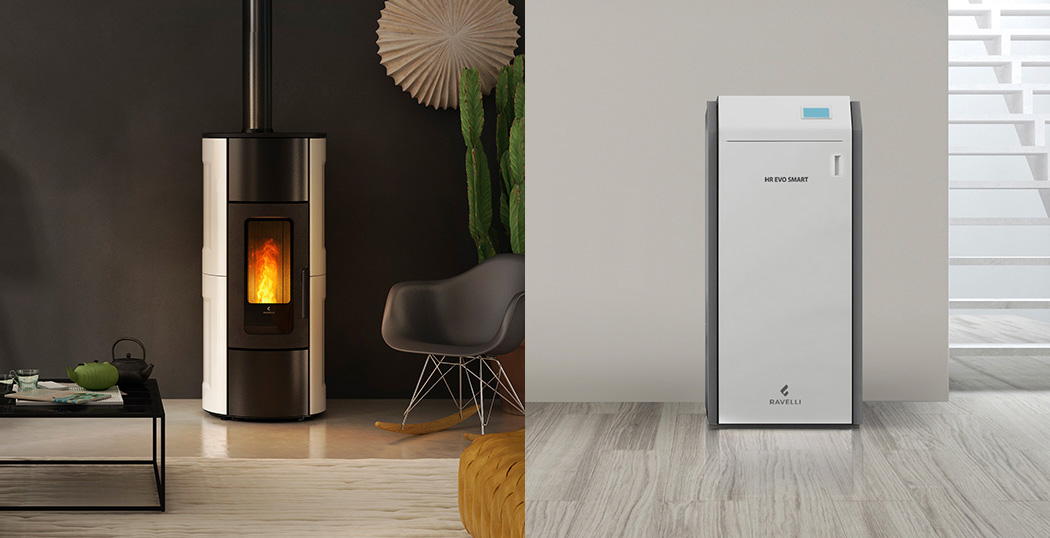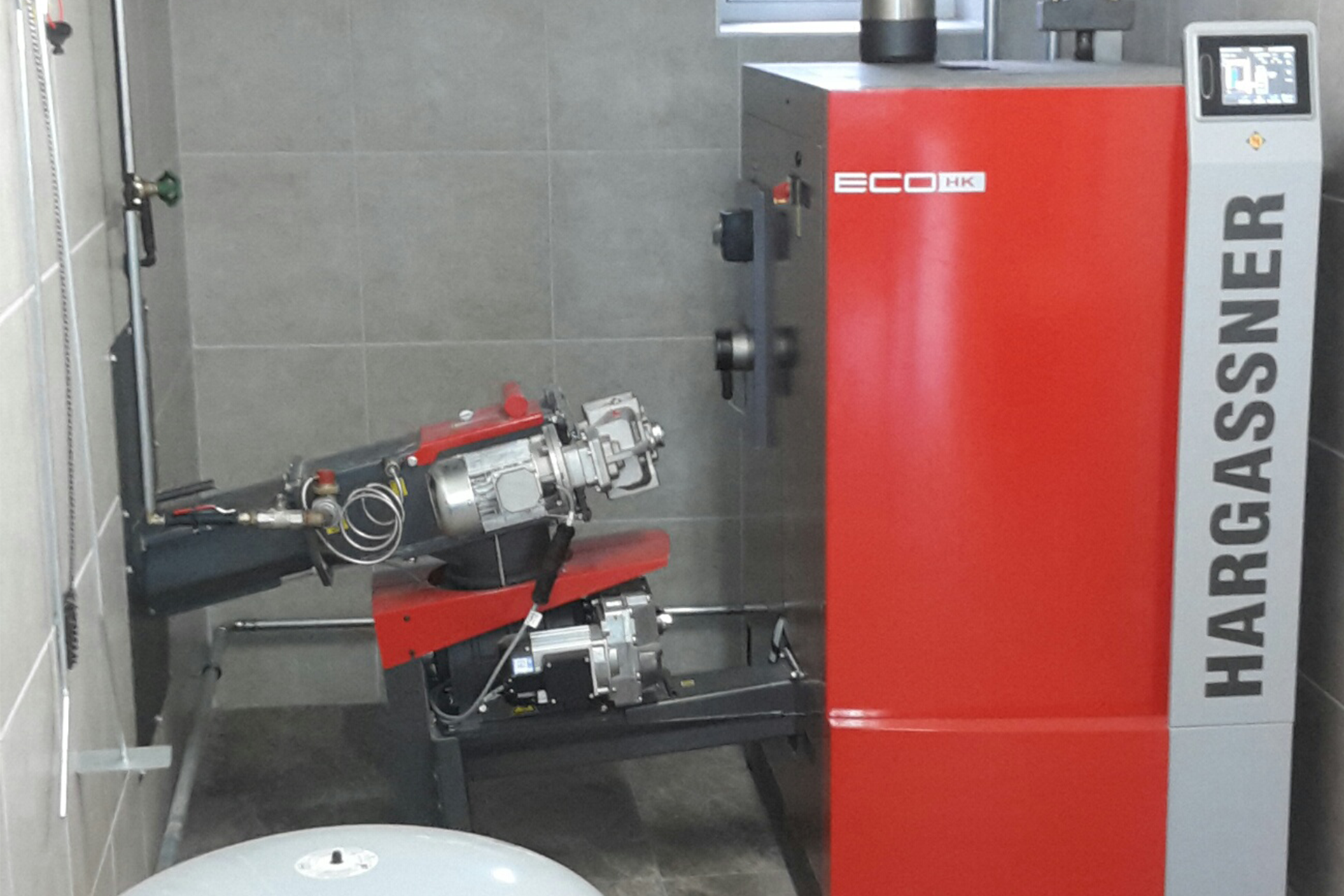Renewable Energy - Part 4 - Wood log burners

Image above courtesy of Firemaker bespoke woodburning stoves
- Wood log burners
Wood logs, suitable for burning in a wood log burner, are typically of the order of 50 to 80mm in diameter, and up to 500mm long, with 200mm in length typical in the U.K. They are of most interest to the residential user, as efficient systems exist for domestic heating, hot water and some for cooking, with a range of sizes to suit the size of any property. Many have large hopper capacities, reducing the need for recharging to once or twice a day. Many new efficient designs are available, although efficiency tends to be highest at full load. However, domestic wood log burners are often combined with fossil fuel burners to allow use of these fuels, when supply is exhausted, or low level intermittent heating is required, typically during the summer months. Alternatively they can be combined with solar water heating panels, which can also eliminate the need to fire up the wood burner during the summer months, and is an all round environmentally friendly solution.
The log fuel burner requires a heat storage tank to smooth out the supply of heat. Wood log boilers can be incorporated into exiting hot water and central heating systems.
The types available are:
- 01 The box stove - the traditional box stove requires frequent stoking
- 02 The Tiled stove
- 03 Over fired boilers
- 04 Under fired boilers
- 05 Reverse draught boilers
- 06 Combination boilers
- 07 Cooker boilers
- Re-constituted wood
The available types of re-constituted wood, are the pellet and the briquette. The most common of which is the wood pellet, formed from timber waste such as saw dust. Pellets are small cylindrical or spherically shaped.
- The advantages of the pellet fuel burner
If the bother of having to feed a log fire is too much, but you still want to reduce your fuel bills, and insulate yourself against rapidly increasing fuel costs, the pellet burner can offer much of the convenience of gas. Control can be anything from manual lighting, with a dial or switch to regulate heat output, to fully automated systems, controlled by room thermostats. The fuel is uniform in composition without impurities such as bark, found with the log fuel, and in addition they are of low moisture content, so the burn is efficient and clean, when the burner is operating at full capacity.
Pellet burners can come in the form of stoves, conventional boilers, or hearth fires. The stove is currently the most popular. The drawback of this type of fuel is that, as yet, there is restricted availability of suppliers in the U.K.

Image above courtesy of Ravelli - pellet stove shown left, pellet boiler shown right
- The woodchip burner
The woodchip burner is more the preserve of the district heating system, schools heating system, or other institutional building, as the lower limit of available size is of the order of 20Kw, as such it may not be of much concern for the typical domestic user. However it might be considered for installation in a farmhouse or very large residence. As with other wood fuels, storage facilities for the wood chip will be considerable. As the name implies, the fuel is composed of small chips of wood, up to 50mm long, produced by a mechanical wood chipper. Wood chippers are expensive, and it would not generally be economic for a private individual to purchase for personnel use. The use of small chips of wood, facilitates the process of feeding the burner, enabling fully automated systems to be developed, typically employing conveyors or screw feeds devices.
Common types available
- 01 Pre-furnace chip-wood burner – frequently used for smaller sized appliances
- 02 Chip-wood stoker-burner unit – simple to construct so reasonably priced.
- 03 Moving grate chip-wood burner – less sensitive to low wood chip quality, but higher price.

Image above courtesy of Hargassner heating technoloy - wood chip boiler with screw feed
Add new comment